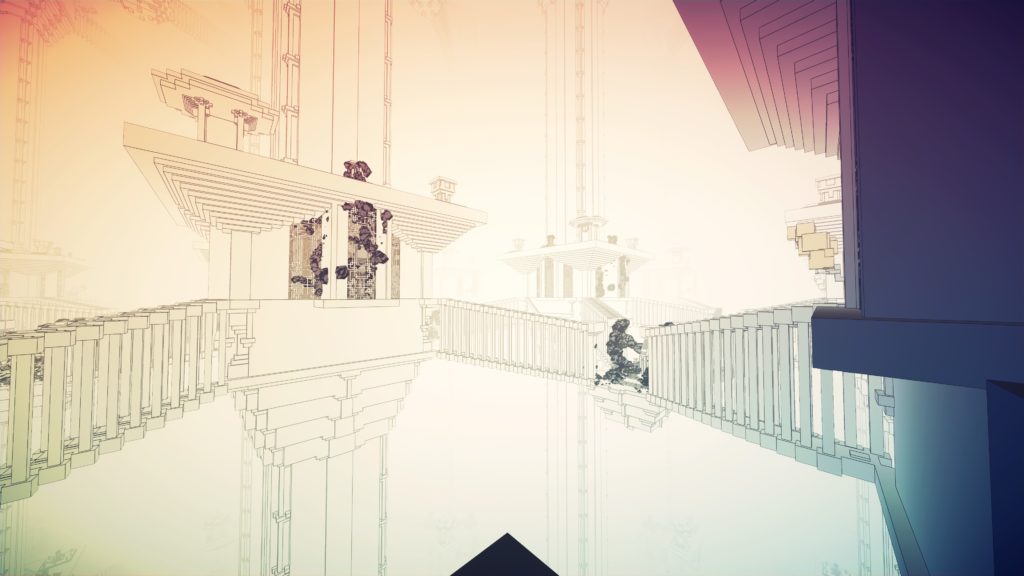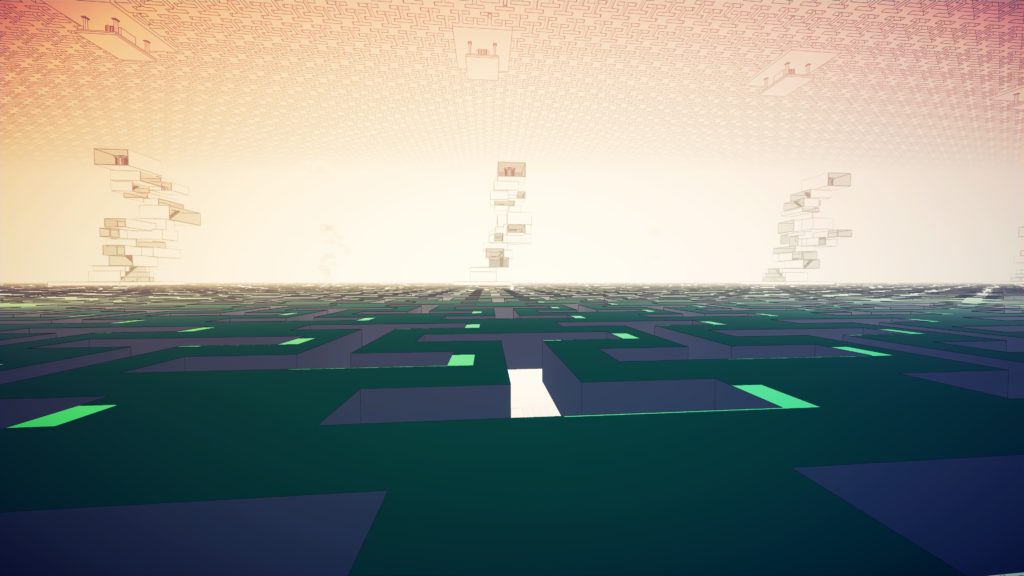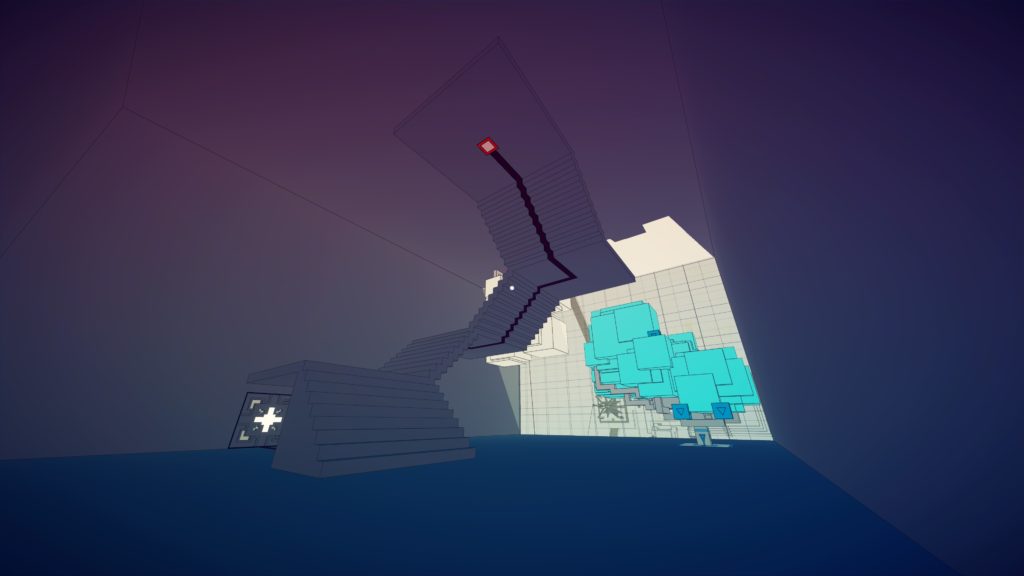- Genre: Action/Adventure
- Platform: PS5
- Also Available On: Windows, Switch, PS4, Xbox One, Xbox Series
This is a AAA B-Movie in the best way possible. It’s doesn’t necessarily have the best combat or the best story or the best pacing but as a sum of parts it’s fantastic. It was hard to go through most of this game without a stupid grin on your face. It’s a lot like the movies in that respect.
This one as a whole turned out much better than The Avengers did. A lot of that came down to its focus as a purely single player narrative experience. It wasn’t hobbled by the needs of being a live-service title – the need to XP grind to keep players in the game, the need to patch in new content to keep players returning, etc – so it ended up being relatively focused. You’ve got a 15-20 hour long narrative mostly consisting of set-piece combat with relatively predictable outcomes but a ton of spectacle. What it does gain from its length over the movies is better pacing. There’s a kind of on/off rhythm to the chapters. You’ll go through a long stretch of just combat, then a long stretch of general exploration / puzzle solving. It keeps the game from becoming too stuck in a single rhythm, which helps to break up the game into much more enjoyable chunks When the combat does kick in though, it’s a lot of fun.
This game really threads a good line where you feel powerful because of indirect things happening, but still feel like you aren’t just being led by an AI that can’t lose. There’s a few systems to that. One is that you’ve got absolute control over the timing of special abilities for the other team members. They kind of passively attack and are effective at clearing lesser enemies, but if you want big damage it’s up to you. You can definitely win without using these specials, but it becomes quickly obvious that all you’re doing is making your own life slower and more difficult.
Another is that you’re the only party member that can quickly break shields. Having shields tuned to specific elements that Peter can fire allows for the player to do non-damaging stuff that is vitally important while letting the rest of the team to take out unshielded, less dangerous enemies. This has the important side effect of reducing the time just needlessly fighting easy trash. The element system also has some nice crowd control effects. Ice can freeze enemies in place. Electric can hop between enemies and stun. Wind pulls enemies to Peter. Fire can add DoT damage. All of them allow for increased damage if the enemy is under the effects. They’re not necessarily large changes to just general weapon fire, but they serve well to give better situational handling to the arenas if you’re getting overran by too many enemies.
The final one that really stood out is combo attacks. For the most part, melee is generally the more dangerous route. However, because your AI teammates are mostly melee, there’s often opportunities to go in and help them out. Comboing with your teammates can get a bunch of big damage out quick, as well as increasing the likelihood of stunning an enemy, giving a better opportunity for some easy gun-based damage.
The pacing is also actively broken up in other ways. There’s sections like above that take place in actual space combat. It’s a very Star Fox type setup, with both on-rails and free fly sections but keeps the elevated combat pacing in another fun context. There’s sliding sections where the player is going downhill avoiding obstacles and jumping over gaps, giving a fun third-person auto runner type feel. There’s a handful of sections that do camera chases with a feel more reminiscent of the chase sections of the PS1 Crash Bandicoot games. These fall into the sort of on/off action pacing of the overall game, but because they aren’t just more combat for the sake of more they serve well to keep the entire game fresh as you go through it.
The rest of the game that surrounds the combat is just really well realized. The worlds are large and filled with bright colors. Everything has that kind of technically plausible but incredibly alien feel to it. Places like Knowhere feel like large space ports where you can run around buying all sorts of cool outer space shit, even if it mostly serves as a way to shuttle you to important story beats. The enemy designs again are close, but slightly twisted. Things like walking squids or cube-shaped jelly creatures bring the sea to land. Things like giant space dragons pull in a bit of fantasy elements. There’s the little callbacks to the story out of the comics with mentions of people like Thanos or Yondu, even if they aren’t directly in the game. It’s all just a love letter to the ridiculousness of this series, and it works well.
This game really just falls into a place where it should be played simply because it’s fun. Games like Hot Wheels Unleashed or Ratchet and Clank: Rift Apart or Cadence of Hyrule come to mind in recent times that kind of fall into that area. They aren’t necessarily the best written or the best gameplay or the best visuals, but put together you just can’t help but enjoy your time with it. Guardians is definitely that. It’s got good enough combat, good enough visuals, good enough of a story. Put together you just smile the entire time, and you can’t ask for more than that out of a game.






